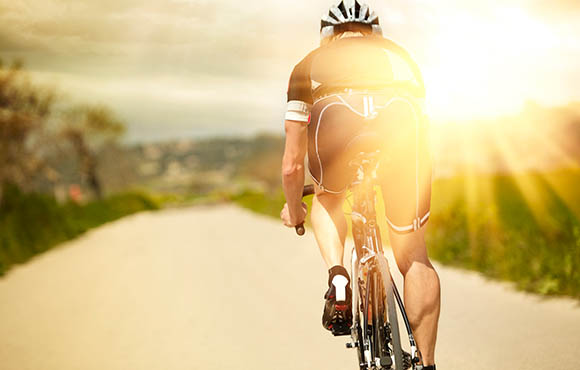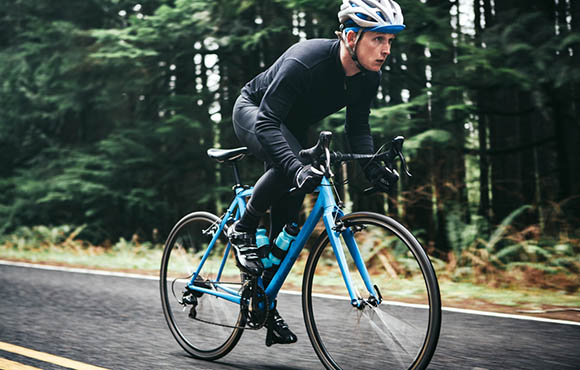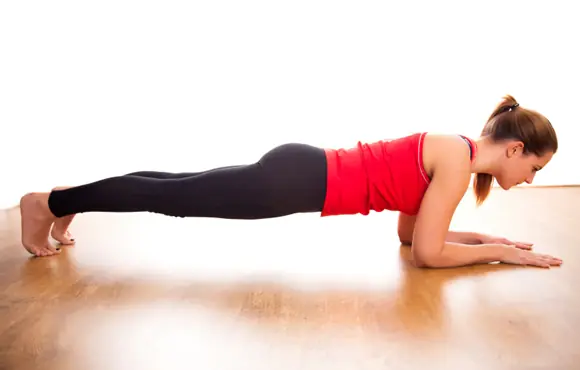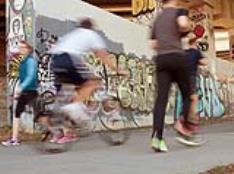Um, sure.
As any cyclist can tell you, there’s much more to cycling than just pedaling a bike—and breaking into the sport can seem downright intimidating, with its matching kits, extensive lexicon and expensive gear.
So if you really want to take your pedaling to the next level, get up to speed so you’ll be ready to socialize by the next Saturday shop ride.
Do I really need bike-specific shorts?
1 of 11
Unless you're only doing a short commute to work, the answer is, unequivocally, yes. Cycling shorts have padding built into their design (called a chamois), that protects your nether regions from the road vibrations and hard saddle. Just trust us on this one.
Find:
Your Next RideWhat's the difference between a road bike and a mountain bike?
2 of 11
Besides their obvious applications—road and mountain riding—these two bikes have some huge differences. Mountain bikes have a suspension system, larger, knobby tires and a more relaxed geometry with flat handlebars. Road bikes have a more aggressive geometry, lower-volume tires, and drop bars. Each is designed for comfort and efficiency on- or off- road.
Find:
Your Next RideDo clipless pedals make a difference?
3 of 11
Clipless pedals are intimidating for new cyclists, but they have huge advantages. First, clipless pedals improve efficiency by allowing you to pull on the backside of your pedal stroke. Second, they grant you better bike control and handling as you fly through corners and dodge debris on the road.
Find:
Your Next RideWhat should I carry when I ride?
4 of 11
Here are five things everyone should carry: 1. License and insurance card; 2. Road ID, 3. Tire repair kit (spare tube, tire lever, mini pump or CO2 cartridge), 4. Multi-tool, 5. Personal items (lip balm, contact solution, etc.).
Find:
Your Next RideShould I wear a helmet?
5 of 11
Helmets have come a long way in the past 15 years. But yes, you should have a helmet on every time you ride a bike. Broken bones heal, but a significant head injury is nothing to fool around with. Helmets have become accepted in the cycling ranks, and it's scoffed at to see someone riding without one.
Find:
Your Next RideDo I need a professional bike fit?
6 of 11
If you're a road cyclist who rides a couple times a week, a professional bike fit is a great investment. Not only does proper fit increase performance, but it can decrease injury due to improper saddle height or cleat positioning. If you're feeling pain in your knees or lower back, a bike fit will likely be your solution.
Find:
Your Next RideHow high should my saddle be?
7 of 11
Saddle height is more complex than you'd expect. As a general rule of thumb, your leg should be almost completely extended, with a slight bend in the knee. Your toes should not be pointed and "scooping" the pedals as you complete your pedal stroke.
Find:
Your Next RideHow much should I spend on my first bike?
8 of 11
Before you walk into your local bike shop and drop $5,000 on a carbon road bike, scour Craigslist for a used road bike in your size. Expect to spend between $350 to $750 depending on the bike. If cycling becomes a true passion, upgrade from there.
Find:
Your Next RideWhere can I find friends to ride with?
9 of 11
Surprisingly, cycling is a very social sport. Many local bike shops host weeknight, Saturday and Sunday group rides with varying levels of speed and expertise. Find a local cycling club and join their no-drop rides—even if you bring up the rear, the group won't leave you stranded in some unfamiliar area.
Find:
Your Next RideHow can I get faster on the bike?
10 of 11
This is a question you'll ask yourself no matter if you're a cycling newbie or a veteran. Some quick pointers: 1. Always ride with someone faster than you. 2. Invest in a power meter or heart rate monitor and start interval training. 3. Dial in your nutrition and recovery methods.







Discuss This Article